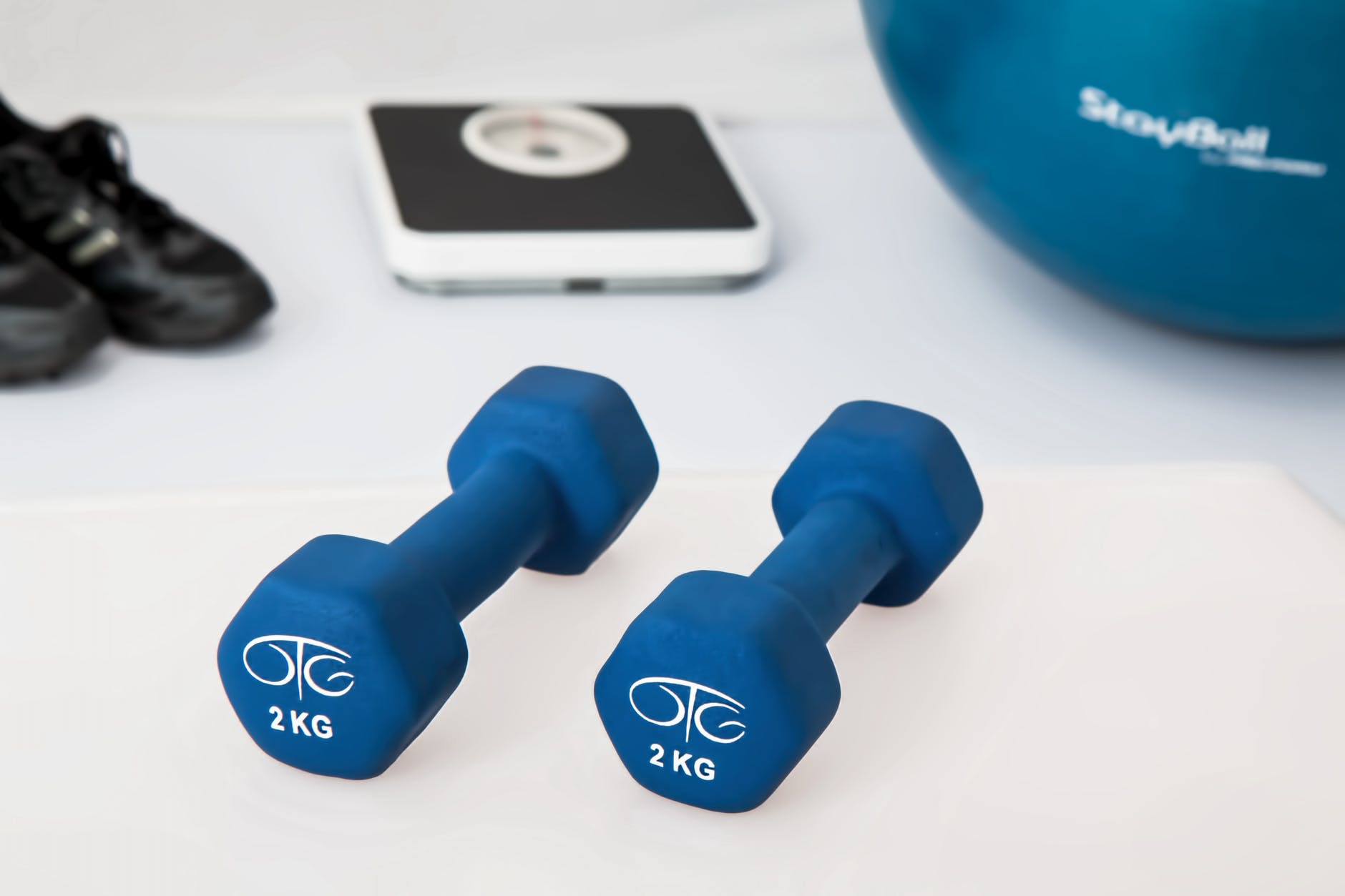Not sure what the principle of exercise conditioning is all about? You are not alone. Exercise Theory is a challenging knowledge exam that tests an array of topics. Today, we will focus on the principle of exercise conditioning and give you useful tips. Let’s check out what kind of SPRA Exercise Theory questions you will encounter on this topic.
SPRA Exercise Theory Questions
First off, there are 10 topics that you will encounter in the Exercise Theory exam. You can read about the weighing and distribution of these topics here.
Of the 10 topics, there will be a total of 60 multiple choice questions with 4 choices from A to D. Statistically, you have 25% of guessing correctly. However, your chances go up if you study properly. Here are some tips:
- Read the questions properly. Usually, common mistakes occur when you misread
- You can go back and forth between questions. If you need to skip one, make sure you do back to the previous one
- Look for keywords, such as “NOT”, “antagonists”, “list”, etc.
- When you study, make sure you study more on topics that make up the largest portions of the exam. This ensures that you will score more on the exam
Principles of Exercise Conditioning
This part of the exam require knowledge on the principles that we use to train the human body. Here are some essential things that you should know when studying this topic.
One of the things that you will need to know is the F.I.T.T. Principle. FITT is an acronym for frequency, intensity, time, and type of exercise. FITT Principle takes account into those 4 things, which helps you determine how to best train these fitness components:
- Flexibility
- Cardiovascular conditioning, ex. aerobic and anaerobic
- Muscular strength
- Muscular endurance
Another important component of conditioning is the order one should train components of fitness and how much time you should dedicate per week to training. For example, one should spend 2-4 days per week on muscular strength.
Next is the training effects. Depending on the type of training you do, you will achieve different outcomes. These are some things that cover in our SPRA Exercise Theory exam prep:
- Continuous training
- Intermittent training
- Aerobic and anaerobic training
- Isometric and isotonic strength training
One thing to keep in mind is that exercise conditioning is founded on a couple of key principles. When we keep these things in mind and individualize training programs to our clients, we will be able to draw out the best effects in our clients. These include:
- Progressive overload
- Specific Adaptation to Imposed Demands (SAID)
- Ceiling effects
- etc.
You will also be expected to understand Canada’s Physical Activity Guide and know some techniques that you can use to monitor intensity in your clients.
Sample Questions
- What is the definition of flexibility?
- Tiffany is a beginner and wants to improve her flexibility. How many days should she train per week?
- Jack is a high level athlete and wants to take his performance to the next level. Which training principle is going to affect his training the most?
Final Thoughts
There is no easy shortcut to passing the exam. However, you can study effectively and use whatever you have to improve efficiently. If you are ready to study and need resources, enroll in our course today and get 10$ off! Get everything you need to pass your exam and if you fail, come back to us and study again for FREE!
